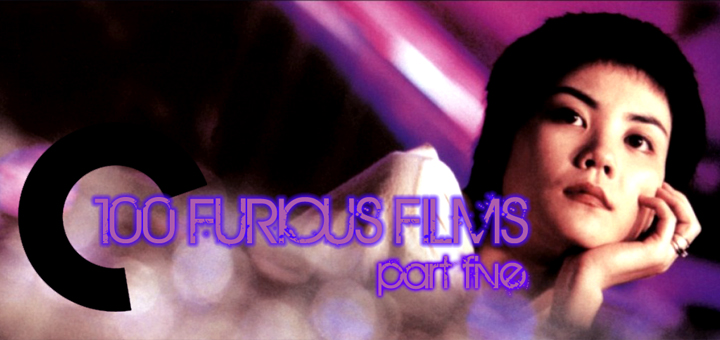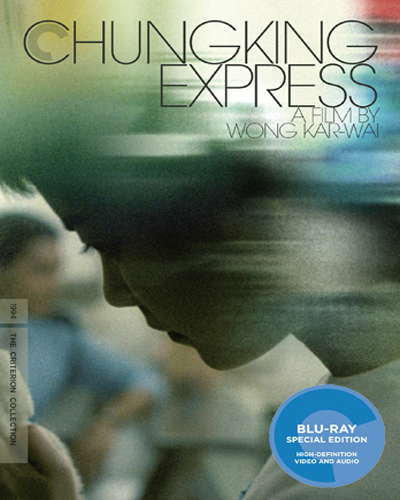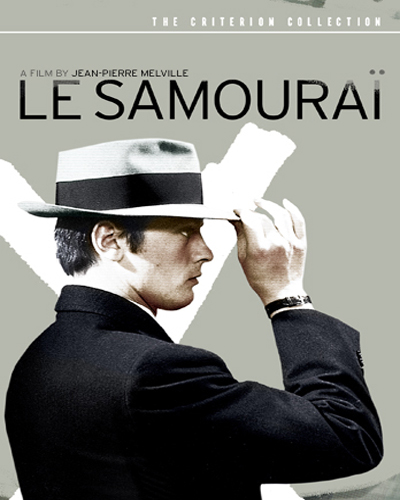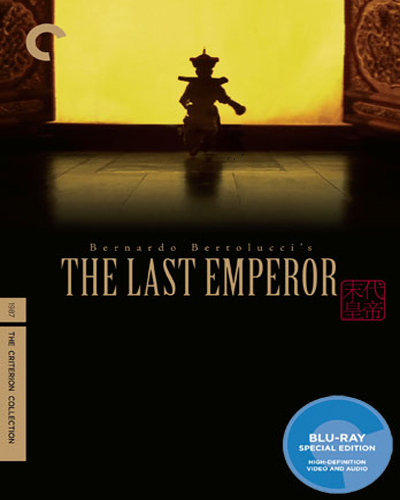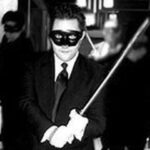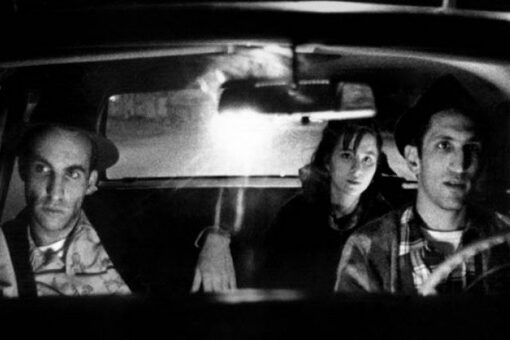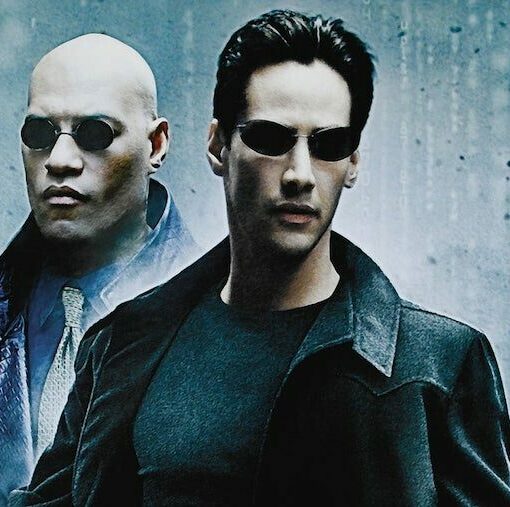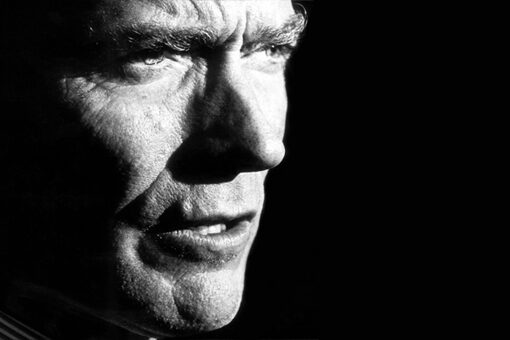If you collect movies on home video, Criterion is one of the legendary companies that have represented a deep appreciation and conservation of cinema in that format since 1984. Their first wave of releases were on Laserdisc and a decade or so later in 1998 they moved into the DVD market. Over the years they have given a gift to movie aficionados by making available hundreds of international cinema classics for their home viewing enjoyment. Criterion is well known for their attention to excellence in how they produce and promote their titles. Whenever you hear of a favorite film that’s getting the “Criterion treatment” you simply know it’s a must own for your library. Without further ado, here’s our new list of 100 Furious Criterion Classics (a 10 part series) we love and recommend to readers for purchase. You can help support this site and our greater Cine-Coalition Network by buying the DVDs/Blus directly from Amazon. We Thank You!
CRITERION PICKS: PART ONE – TWO – THREE – FOUR – FIVE – SIX – SEVEN – EIGHT – NINE – TEN
Carnival of Souls (1962, Dir: Herk Harvey)
Mary Henry (Candice Hillgoss) is the sole survivor of a tragic car crash. Following the accident she takes a new job as a church organist in Utah and moves into a small apartment there. As Mary gets settled in her new place, strange things begin occurring, such as feelings of extreme isolation as if she’s being ignored and overlooked by those around her. Mary’s life becomes a kind of waking dream/nightmare where nothing makes much sense. A moody, organ score accompanies Mary on this surreal, mystifying journey. Before making the film, Herk Harvey, had been an industrial/educational filmmaker. He got the initial idea for the story while driving past the Saltair Pavillion in Salt Lake City, UT. He made the movie for only $33,000 and hired Hilgoss a then unknown actress as the lead. A very low budget cult classic that has gone on to inspire a number of genre filmmakers due to its use of inventive ideas that relied more on the basic atmosphere and acting over big SFX as many horror/thrillers were known for. Co-starring Frances Feist, Sidney Berger, Art Ellison.
A Hard Day’s Night (1965, Dir: Richard Lester)
Screenwriter Alun Owen based the story for this hit film on a description of The Beatles’ hectic life on the road as being like “a train and a room and a car and a room and a room and a room”. The story follows The Fab Four after they escape a group of rabid fans and take a train to their upcoming show in London. Upon their arrival in town, they check into a hotel where Paul’s mischevous (fictional) grandfather causes trouble. Ringo then goes off my himself causing his bandmates to search for him in a panic. Sounds simplistic without much plot but in cinema that doesn’t always matter. With its cinema verite visual style, constant comedic gags and generally raucous environment, this is The Beatles at their onscreen best. It successfully showcased the bands’ unique sense of wacky humor and spirit as well as their incredible pop songs. They were essentially a rock n’ roll version of The Marx Brothers here. A Hard Day’s Night would go on to influence another band, The Monkees and their hit TV series which picked up where A Hard Day’s Night left off. TRIVIA: The title of the film was taken from one of Ringo’s unique trademark twists on common phrases he heard. Co-starring Wilfred Brambell, Norman Rossington.
The Killing (1957, Dir: Stanley Kubrick)
Sterling Hayden stars as Johnny Clay a down on his luck criminal who wants to get out of the life for good and settle down with his gal Fay (Coleen Gray). His plan is to pull one last job which involves stealing two million dollars from the money room of a racetrack during a big race. Clay then puts together a gang to help him pull it off (played by Ted de Corsia, Elisha Cook Jr, Timothy Carey, Kola Kwariani and Joe Sawyer) and the tense action and thrills ensue. Although the film was not a box office success upon its release over the past 50 plus years, it has been re-evaluated by critics and fans. It’s now considered one of the greatest crime/heist film noirs ever made and we 100% agree.
Chungking Express (1994, Dir: Wong Kar Wai)
An extremely cool romantic drama set against the colorful, vibrant backdrop of Hong Kong which contains two stories involving city policemen. Takeshi Kaneshiro is Ah Wu aka Cop 223 who has broken up with his girlfriend May and is convinced they will somehow get back together. Meanwhile on the job he encounters a mysterious woman (Brigitte Lin) that is caught up in the drug underworld. In the second tale, Cop 663 (Tony Leung) is dealing with his own breakup but meets a snack bar clerk (Faye Wong) who changes his life. Chungking Express is a stylish effort with a beauty and charm that makes it one of our favorite arthouse films of the 90s.
Knife in the Water (1964, Dir: Roman Polanski)
Polanski’s outstanding directorial debut about a couple, Andrzej (Leon Niemczyk) and Krystyna (Jolanta Umecka) that invite a hitchhiker (Zygmunt Malanowicz) to join them in a weekend excursion on their yacht. Soon the two men are vying for the attention of Krystyna and the sexual tension and possible physical danger increases. A moody black and white drama that would showcase Polanski’s knack for suspense in the tradition of Hitchcock. The film was nominated for Best Foreign Language film in 1963 and is a classic of Polish cinema.
Videodrome (1983, Dir: David Cronenberg)
Max Renn (James Woods) the president of a Toronto based TV station is searching for new programming due to his boring show lineups. He soons discovers a mysterious pirate channel entitled “Videodrome” being broadcast out of Malaysia. This program is essentially a snuff themed series that features public torture and executions. The supremely sicko stuff excites Max who believes it to be the future of televised entertainment. As he investigates further he gets caught up in a deeply disturbing “socio-political battleground in which a war is being fought for control of the minds of the people of North America”. The nightmarish and visceral depictions of body horror are a highlight of this bizarre journey into the realm of multimedia madness. Co-starring Debbie Harry, Sonja Smits, Jack Creley.
The Naked Prey (1966, Dir: Cornell Wilde)
Set in the unforgiving setting of the South African veldt, a safari guide (Cornell Wilde) is hired to lead a pair of men (Gert Van den Bergh and Patrick Mynhardt) on an elephant hunt but is later captured by a deadly tribe. After his hunting party are killed off in barbaric ways, he is set free by the tribesman who chase after him for sport. A thrilling, timeless, action-adventure survival story. The film was partially inspired by the real experiences of wilderness explorer John Colter who was chased by Blackfoot indians in 1809 Wyoming.
Le Samourai (1967, Dir: Jean Pierre Melville)
Alain Delon is Jef Costello an enigmatic hitman living in Paris. Following a job involving a nightclub owner, Jef is spotted by several witnesses and pursued by police. His error soon causes the end of his days as a shadowy agent of death. The film is inspired by classic Hollywood gangster films and the samurai bushido code which were mixed with Melville’s trademark suave, French attitude. The result is a minimalistic, influential cult crime masterpiece. Co-starring François Périer, Nathalie Delon, Cathy Rosier.
Man Bites Dog (1992, Dir: Andre Bonzel/Remy Belvaux)
A pitch black comedy about a serial killer named Ben (Benoît Poelvoorde) who is followed by a documentary film crew as he kills random people and happily expounds his personal philosophies on life and things he loves. As the story progresses the filmmakers become caught up in Ben’s charming personality and turn from outside observers into his accomplices. Man Bites Dog is a daring mockumentary cult classic from the early 90s.
The Last Emperor (1987, Dir: Bernardo Bertolucci)
John Lone (Year of the Dragon) stars in this Academy Award winning epic based on the autobiography of Puyi, the last Emperor of China. It is a magnificent work of historically themed cinema that spans from the early 1900s when Puyi arrived at the Forbidden City until the 1960s following his imprisonment by the Communists. What makes The Last Emperor the most unique is the fact it was the first film authorized by the Chinese government to shoot in Beijing’s Forbidden City. The many traditions and tragedies that filled Puyi’s life are beautifully realized by the actors and brilliantly photographed by Vittorio Storaro. Co-starring Joan Chen, Peter O’Toole, Victor Wong, Maggie Han, Ric Young.

